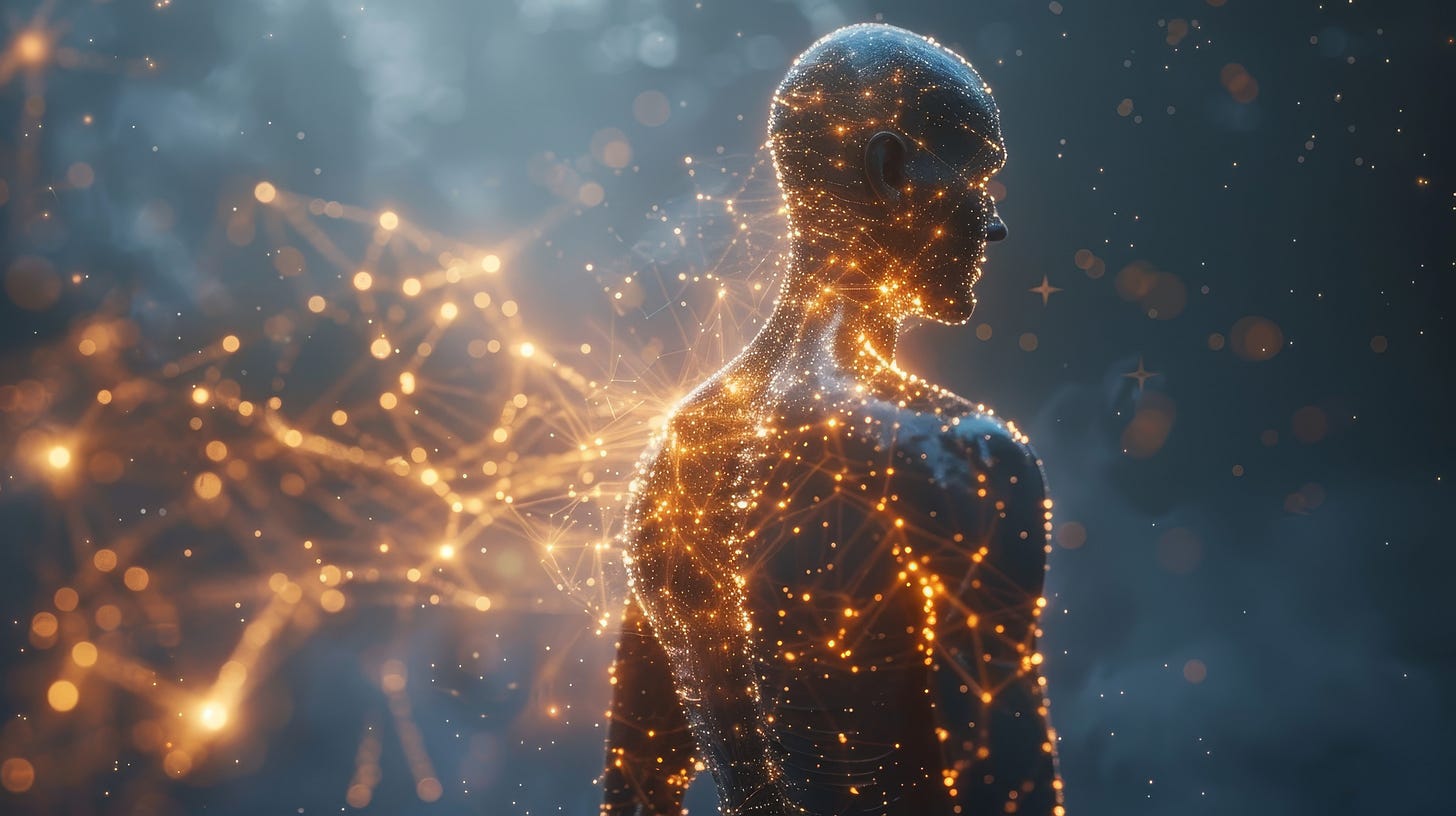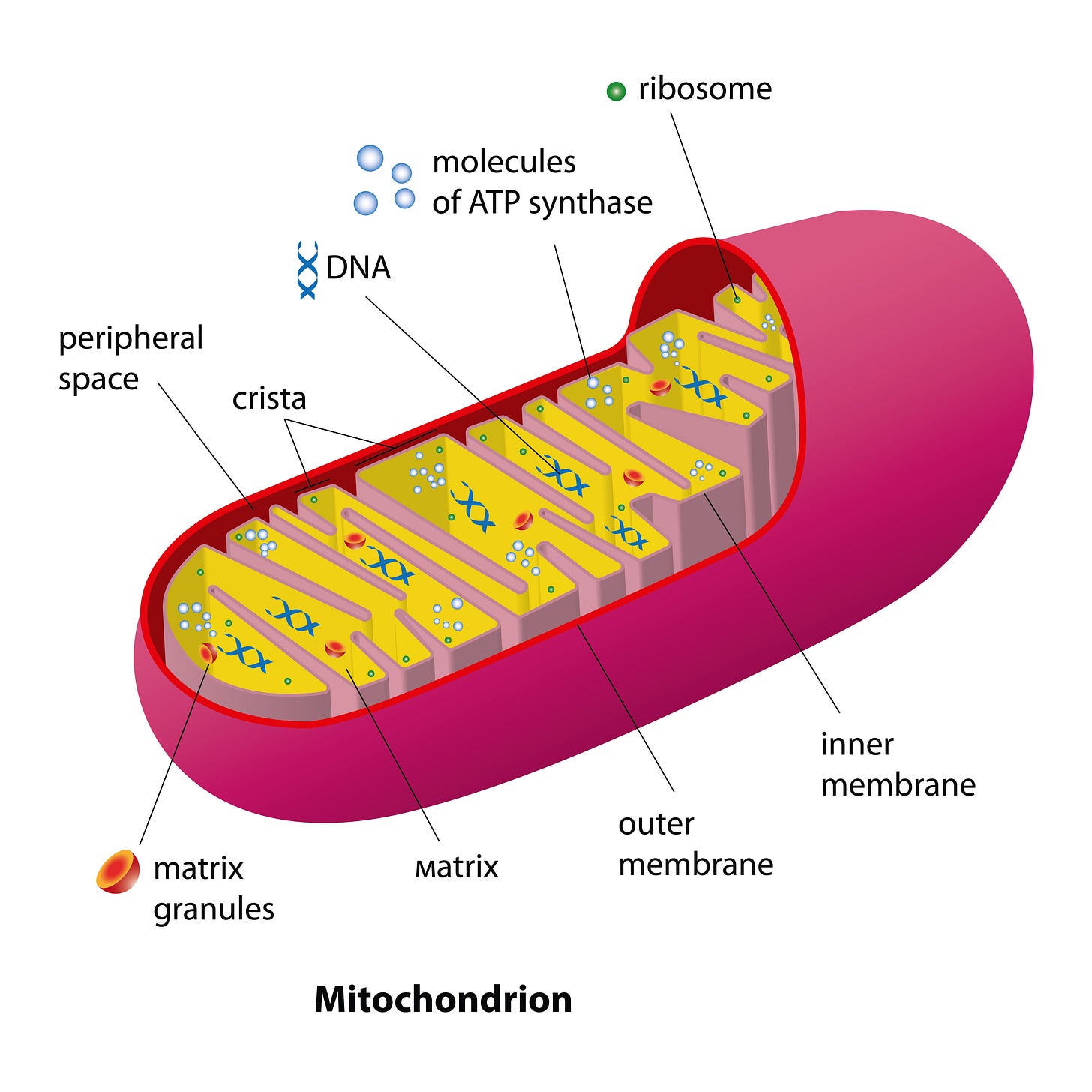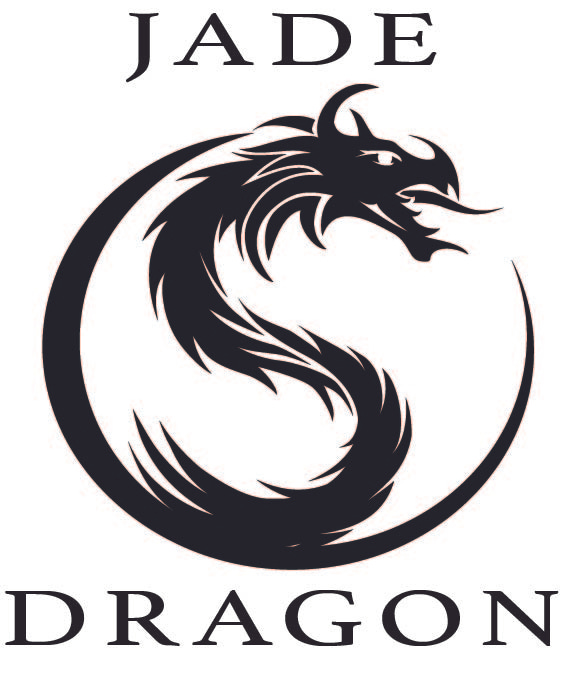The Role of Mitochondria in Internal Energy Production: Connecting Modern Science and Ancient Wisdom
In the world of traditional Chinese medicine (TCM), Qi (氣) is seen as the vital life force that flows through the body, powering everything from physical activity to mental clarity and emotional well-being. It’s an ancient concept that has guided holistic health practices for thousands of years. But how does this traditional view of energy relate to modern scientific understandings of how the body works, particularly in terms of mitochondrial health? Let’s dive into the role mitochondria play in energy production and explore how they align with the concept of Qi in Chinese medicine.
What is Qi in Chinese Medicine?
In Chinese medicine, Qi represents the energy that drives every function in the body. It exists in different forms—such as Yuan Qi (Original Qi), Gu Qi (from food), and Zong Qi (from air and food)—and is responsible for maintaining life, ensuring circulation, and protecting the body from illness. If Qi flows smoothly and is abundant, we feel healthy, vibrant, and balanced. However, when Qi is blocked or deficient, we can experience fatigue, illness, or emotional imbalances.
This concept of Qi encompasses more than just physical energy—it also includes mental, emotional, and even spiritual vitality. Qi is seen as the invisible force that connects body, mind, and spirit, and its smooth flow is crucial for overall well-being.
Mitochondria: The Body’s Energy Powerhouses
In modern science, the production of energy in the body revolves around the mitochondria. These tiny organelles, found in almost every cell, are responsible for producing ATP (adenosine triphosphate), the molecule that powers nearly every cellular process. Mitochondria are sometimes referred to as the "powerhouses" of the cell because they convert the nutrients we consume—like glucose—into usable energy through a process called cellular respiration.
Let’s break down how mitochondria create energy:
Glycolysis: This first step happens in the cell’s cytoplasm, where glucose is broken down to produce a small amount of ATP and pyruvate.
Krebs Cycle: Inside the mitochondria, pyruvate is further broken down, releasing electrons and more ATP.
Electron Transport Chain: This is where the majority of ATP is made. Electrons are passed along a chain of protein complexes, creating a flow of protons that ultimately produces ATP.
ATP Synthesis: Protons flowing through ATP synthase generate ATP, the primary energy currency of the cell.
This entire process requires oxygen and nutrients, much like the concept of Qi depends on air (from breathing) and nutrients (from food) to sustain life.
Integrating Mitochondria and Qi
How can we integrate the understanding of Qi with mitochondrial function? The parallels between these two concepts are striking. In TCM, Qi is the energy that drives life; in Western science, mitochondria generate the cellular energy that powers every function in the body. Both perspectives recognize that energy is fundamental to life, and when it is abundant and flows smoothly, health is maintained.
Qi as Bioenergetic Flow: Qi can be seen as the bioenergetic flow that powers our body’s systems. Similarly, mitochondria produce ATP, which powers everything from movement to thought processes. Just as Qi must flow freely for health, mitochondrial function must be optimal for us to feel energized and vital.
Yuan Qi and Mitochondrial Inheritance: Yuan Qi, the original Qi inherited from our parents, is stored in the kidneys and forms the foundation of life. In a fascinating parallel, mitochondria contain their own DNA, which is passed down maternally. This connection between inheritance and energy aligns well with the idea that our life force is something we are born with, sustaining us throughout life.
Qi Stagnation and Mitochondrial Dysfunction: In Chinese medicine, stagnant or deficient Qi can lead to illness. Similarly, mitochondrial dysfunction—when these organelles fail to produce sufficient ATP—can result in fatigue, chronic illness, and even neurodegenerative diseases.
The Role of Qigong in Mitochondrial Health
Qigong, a practice that combines slow, flowing movements with deep breathing and focused intention, is designed to cultivate and regulate Qi. Modern research is beginning to show that practices like Qigong can also positively affect mitochondrial health. Here’s how:
Enhanced Oxygen Supply: Qigong emphasizes deep, diaphragmatic breathing, which increases the body’s oxygen levels. Since oxygen is essential for ATP production, improving oxygen flow through breathing may enhance mitochondrial efficiency.
Stress Reduction: Prolonged stress can lead to oxidative stress, which damages mitochondria. Qigong helps to activate the parasympathetic nervous system, reducing stress hormones like cortisol. This creates a calm internal environment that protects mitochondria from damage.
Improved Circulation: In TCM, Qi and blood flow are interconnected. Better circulation, promoted by Qigong, ensures that mitochondria receive the oxygen and nutrients they need to function optimally. More nutrients mean better energy production, which can be seen as maintaining a healthy flow of Qi.
Anti-Inflammatory Effects: Chronic inflammation impairs mitochondrial function, leading to decreased ATP production. Studies have shown that Qigong can reduce inflammation, potentially preserving mitochondrial health and supporting better energy production.
Promoting Cellular Repair: Research suggests that Qigong may stimulate autophagy, the process by which cells clear out damaged components and regenerate new ones. This includes the removal of damaged mitochondria, which is essential for maintaining cellular health.
The Future: Merging Ancient Wisdom and Modern Science
As scientific research continues to explore the effects of practices like Qigong on mitochondrial function, we’re starting to see a greater integration of ancient and modern health practices. Qi is no longer just a metaphysical concept—it’s becoming part of the conversation about bioenergy, vitality, and longevity. Understanding how the flow of Qi and the function of mitochondria are connected opens up exciting possibilities for holistic health care.
Conclusion
In both Chinese medicine and modern biology, energy is fundamental to life. Mitochondria produce the energy our cells need to function, while Qi represents the life force that flows through us. By cultivating Qi through practices like Qigong, we not only enhance our vitality but also support the health of our mitochondria, ensuring that our bodies can produce energy efficiently and maintain balance.
If you’re interested in learning more about the intersection of ancient Chinese wisdom and modern science, check out our blog and subscribe to The Jade Dragon Podcast for deeper dives into these topics. Let’s continue exploring how these worlds converge to help us live healthier, more balanced lives.
For more information on how practices like Qigong and meditation influence mental and physical health, please head over to www.jadedragon.org.
If you found this post informative, we kindly request you to like, comment, subscribe, and share it with your friends and family. Spreading the word will help us reach more people, offering them the potential for improved health, strength, and peace of mind.







